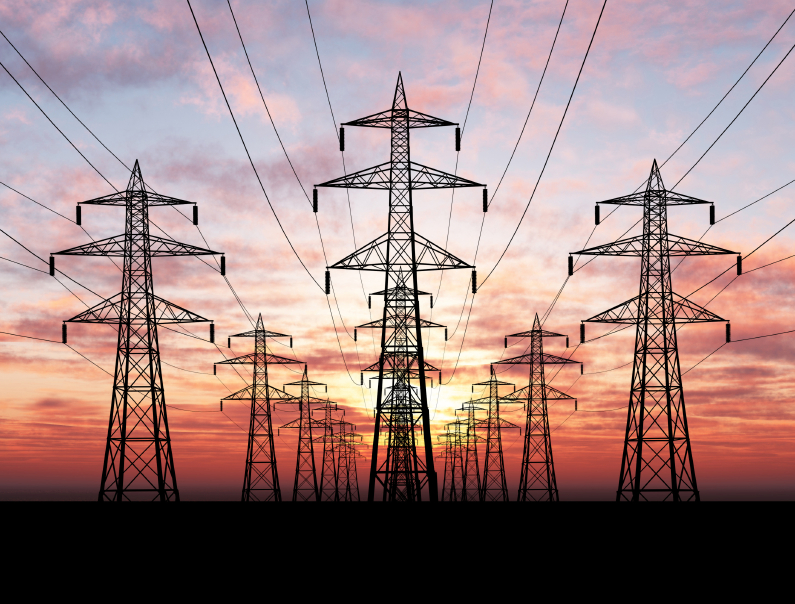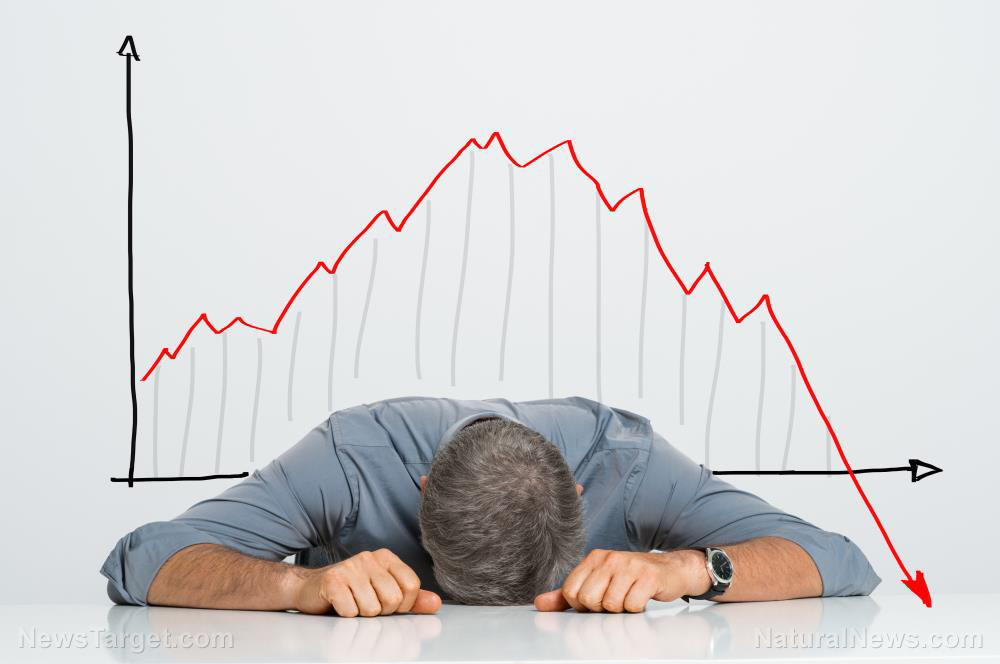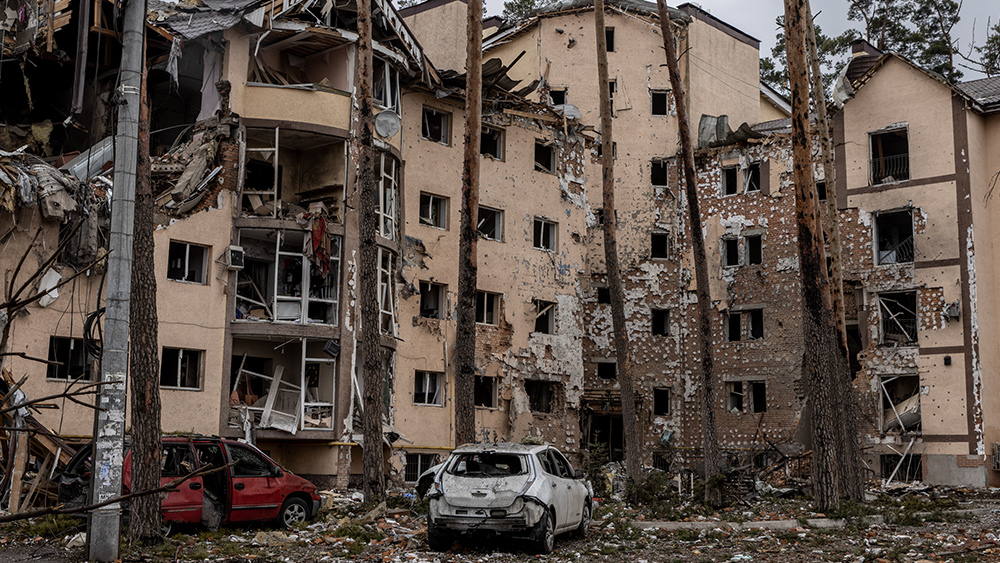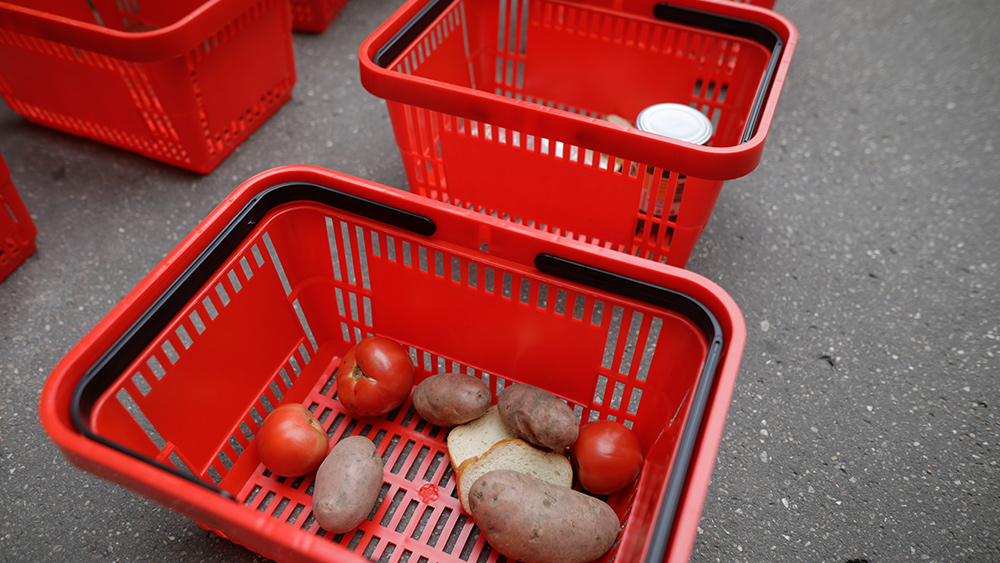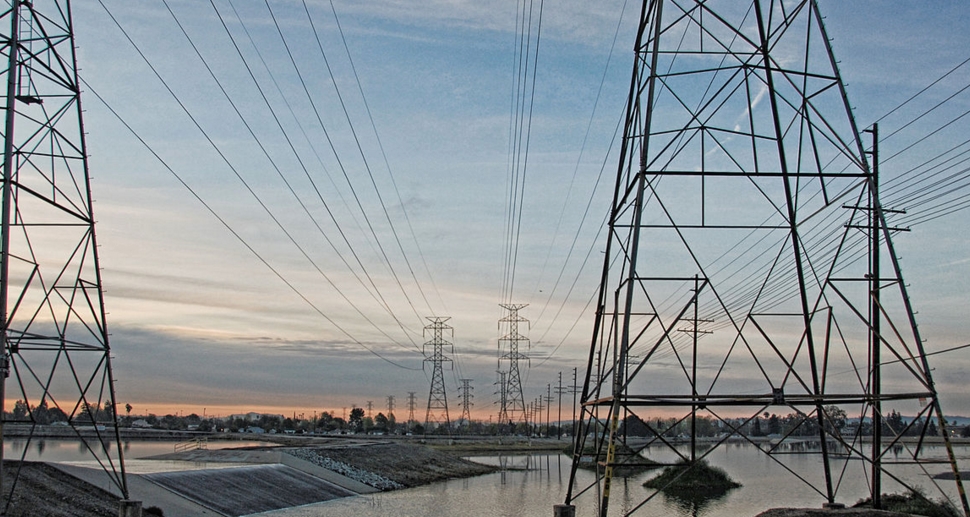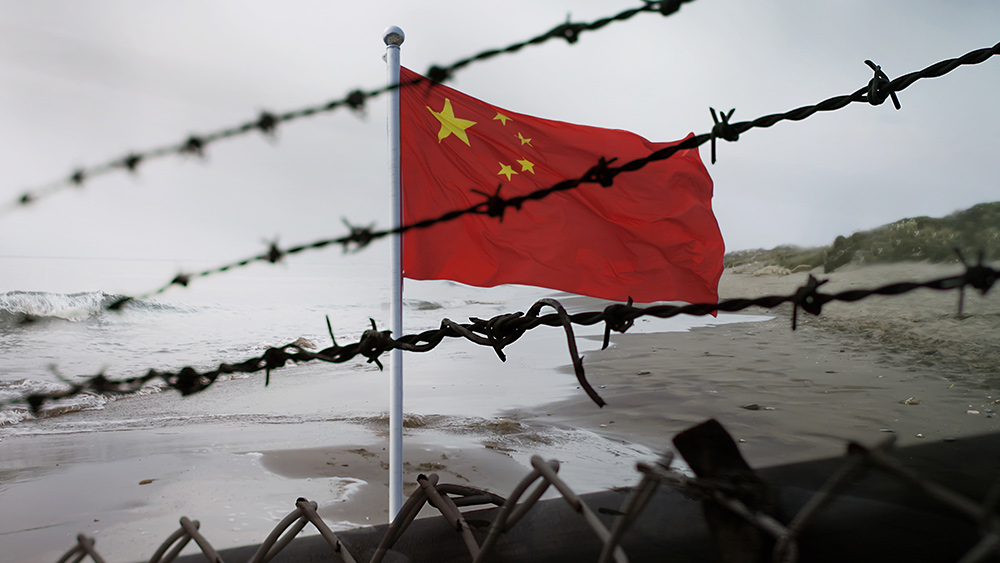The world is headed for a rocky commodities and energy market in 2022: Here are 3 reasons why
03/11/2022 / By Ethan Huff

The year 2022 is shaping up to be one of the worst in recent history for agriculture and energy commodities, which are already in the throes of extreme volatility.
Some had hoped that things would calm down this year now that the first phase of the plandemic has ended, but it turns out that just the opposite is happening. Here are three reasons why this might be the case:
1) Production shortfalls in South America
Persistent heat and drought, we are told, has left South America with the loss of more than one billion bushels of crops.
Following a recent crop tour, Dan Basse, president and CEO of AgResource, estimated that soybean production will be around one billion bushels less than what was initially expected.
For corn, Basse estimates that underproduction will reach 600 to 700 million bushels.
“Historically, demand for nine of every 10 bushels lost in South America shifts to the U.S.,” Basse said. “Currently, stocks are just not enough to pick up 900 million bushels of added demand.”
AgResource also estimates that dismal U.S. stocks of corn, wheat and soybeans will result in the lowest quantities of these commodities since 2012.
The hope is that enough acreage can be added in 2022 to fill these voids, but that is a tall order. Both the United States and the European Union are said to already be at “peak farmland.”
Canada and Australia could add about 10 percent each, some say, and Brazil is adding about 3-4 percent per year, but how long will that be sustainable?
“… in the next five years, we need another 25 million to 30 million acres in South America and the Black Sea area,” reports AgWeb.
“The baseline 2022 U.S. forecast is for 241 million acres to be planted to combined corn, wheat, soybeans and cotton, up 3 million from last year and close to the peaks seen in 2012, 2014 and 2018.”
2) Global demand for food is skyrocketing
Another thing taking the blame is global demand, which has spiked considerably, especially since the start of the plandemic.
China is developing rapidly (at the West’s expense, by the way), and needs large quantities of pretty much everything.
“While hog prices have plummeted in China, the government is keenly aware of the pressure to keep its people fed in the wake of the loss of trust caused by Covid,” says Samuel Taylor, an ag input analyst at Rabobank.
In China, added Lin Tan, the executive president of Hopefull Group in Iowa, “the small hog producers who could quickly respond to price signals are gone – they did not come back after the African Swine Fever outbreak, and the government no longer allows feeding human food waste, their main source of feed.”
3) Political tensions all around the world
Finally, we have the Russia-Ukraine conflict. This catch-all is already receiving much of the blame for spiking food prices, even though this was occurring before the invasion.
Exports have been cut off in numerous “breadbasket” countries as NATO fights with Putin over Eastern European land.
“During the Soviet period, a quarter of the entire agricultural output of the USSR came from Ukraine,” says Angela Weck, a professor of Russian Foreign Policy and contemporary world forces at Bradley University.
“As boundaries exist in post-USSR countries, Ukraine has more arable land than Russia, which is 28 times its size. Likewise, 71% of Ukraine’s land is agricultural and 56% is arable, whereas only 13% of Russia’s is agricultural and a mere 7% is arable.”
A quarter of the world’s grain comes from Ukraine and Russia, it turns out, as well as 20 percent of the world’s sunflower products and 21 percent of the world’s rapeseed.
More related news can be found at Collapse.news.
Sources for this article include:
Submit a correction >>
Tagged Under:
agriculture, chaos, Collapse, crops, food collapse, food prices, food supply, grocery, harvest, Inflation, market crash, panic, price increase, products, starvation, supply chain, War
This article may contain statements that reflect the opinion of the author
RECENT NEWS & ARTICLES
COPYRIGHT © 2017 CHAOS NEWS





